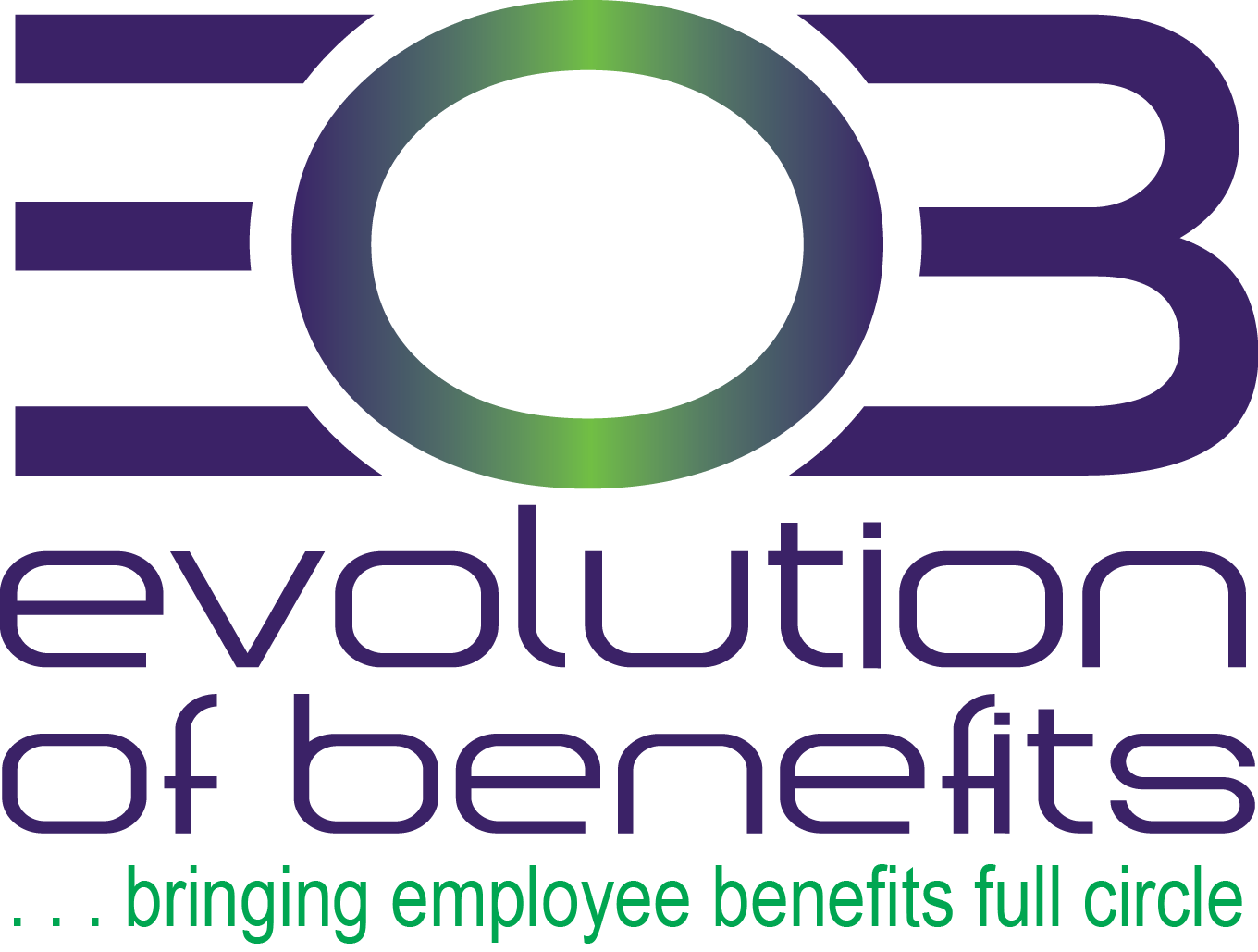Group Benefits
Whether your business size is 2 or 2000, we will create a benefits plan for your employees aligned with your business or organization’s goals and philosophies.
We take a step back, listen, and learn, before we customize a plan with the proper industry benchmarks and data. This ensures that the process put into motion starts off right. We feel that this is better approach than simply just shopping the prices or taking a “one-size fits all” attitude.
We offer all lines of group benefits:
- Medical
- Dental
- Vision
- Short-term Disability
- Long-term Disability
- Life
- Travel
Speak with one of our Benefit Consultants today.
Individual Health Benefits
We provide quality health insurance coverage for individuals between the ages of 1 and 64. Using some of the same providers we use for commercial coverage, we bring peace of mind to individuals looking for quality health insurance for themselves and their families.
We work with Exchange (Marketplace) based plans and Off-exchange (Marketplace) based plans. As your benefits consultant, we will make sure you have access to helpful tools and resources you need to manage your plan.
Speak with one of our Benefit Consultants today.
Voluntary Benefits
Voluntary benefits enhance core benefit packages and deliver added incentive without employers spending more on insurance. A solid voluntary benefit platform offers your employees the ability to purchase competitively-priced coverage, and in most cases without underwriting questions. Voluntary Benefits complement your core benefit strategy while reducing company costs and employee financial risk.
Voluntary Benefits may include:
- Disability
- Dental
- Vision
- Life
- Long-term health care
- Cancer insurance
- Supplemental Health
Speak with one of our Benefit Consultants today.
Health Savings Accounts
Health Savings Accounts (HSA) were formed in January, 2004 as part of the Medicare Prescription Drug and Modernization Act. These programs replace Medical Savings Accounts (MSA). In essence, HSA have removed all of the negative requirements of an MSA and retained the positives.
Health Savings Accounts are established on a non-taxable basis to reimburse individuals for out of pocket liabilities. By purchasing a high deductible health insurance plan, an employer reduces his/her premiums. From these premium savings, monies can be set aside to help offset some or all of an employee’s additional out-of-pocket liability.
Guidelines for a Health Savings Account
| Base health plans require a minimum of a deductible for an individual with single coverage and an overall out of pocket cap and a deductible for families with an out of pocket cap. |
| Accounts may be funded with employer dollars, employee dollars or both |
| Catch-up, provision employees between the ages of 55-65 can fund an additional amount over the maximum |
| All accounts are assigned to the employee regardless of how the funding was provided |
| Employer fund amounts are tax deductible to the employer as a cost of providing benefits |
| Reimbursements are non-taxable to the employee |
| Unused funds are carried forward from year to year |
| Upon termination of employment, unused funds are maintained by the employee |
| Type of Limit | 2019 | 2020 | Change | |
| HSA Contribution Limit | Self-only | $3,500 | $3,550 | Up $50 |
| Family | $7,000 | $7,100 | Up $100 | |
| HSA Catch-up Contributions (not subject to adjustment for inflation) | Age 55 or older | $1,000 | $1,000 | No change |
| HDHP Minimum Deductible | Self-only | $1,350 | $1,400 | Up $50 |
| Family | $2,700 | $2,800 | Up $100 | |
| HDHP Maximum Out-of-pocket | Self-only | $6,750 | $6,900 | Up $150 |
| Family | $13,500 | $13,800 | Up $300 |
Speak with one of our Benefit Consultants today.


























